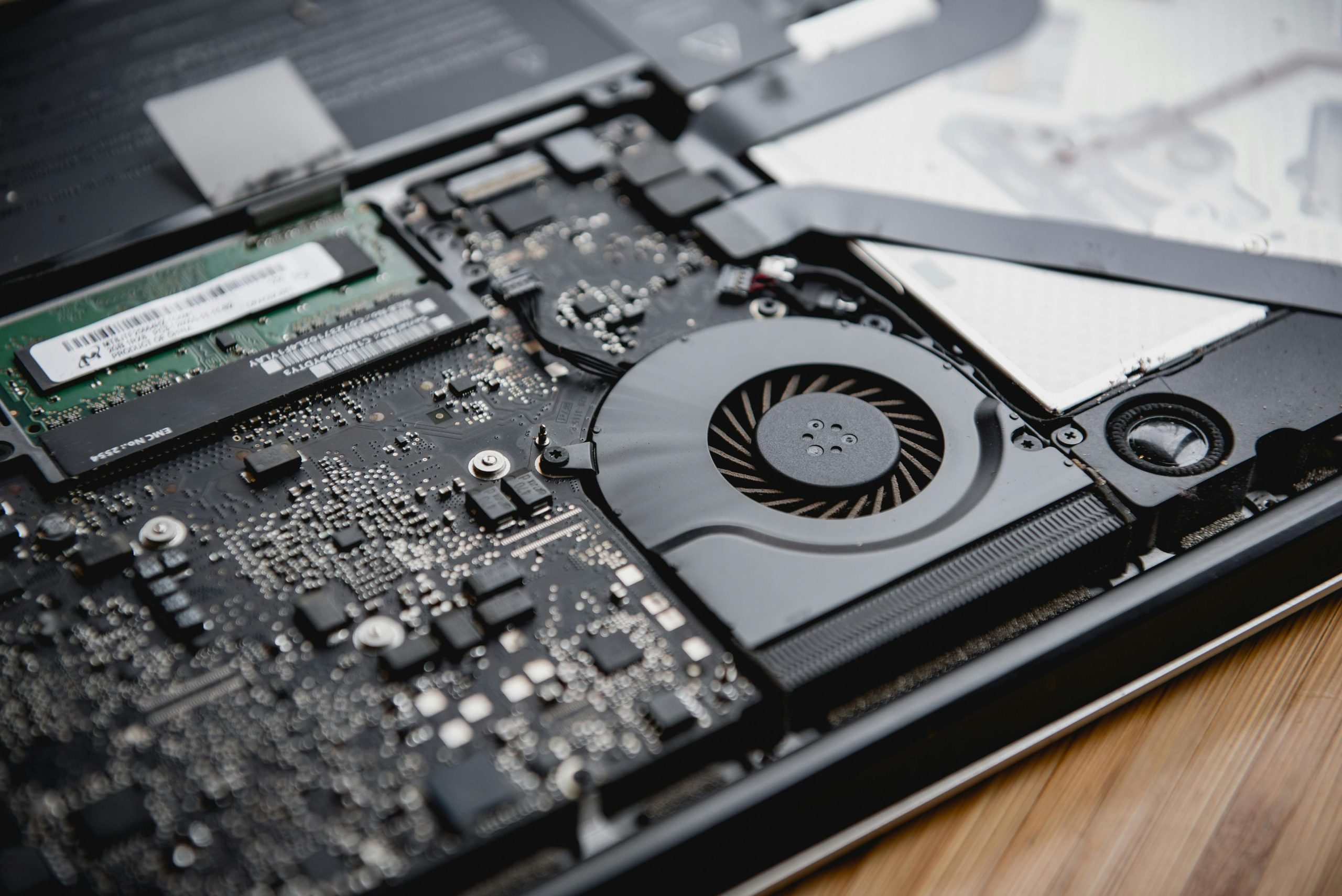Title: Enhancing Your Dell Laptop Storage: A Step-by-Step Upgrade Guide
If you’re looking to boost the storage capacity of your Dell laptop, you’re in luck! Dell has made the upgrade process quite user-friendly, providing essential components and clear instructions to assist you along the way.
In the latest models, Dell includes not only extra hardware but also a comprehensive guide to ensure a smooth upgrade experience. You will find four additional hard drive mounting screws and a SATA cable—everything you need to securely install a new storage drive into the designated, yet currently unused, hard drive bay of your consumer laptop.
Accompanying these materials are three detailed panels of instructional guidance, carefully crafted to walk you through each step of the upgrade procedure. Whether you are a tech novice or a seasoned expert, these resources will help you confidently enhance your laptop’s storage capability.
By following Dell’s straightforward instructions, you’ll soon have more room for your files, applications, and media, making your laptop more efficient and better equipped to meet your storage needs. So gather your tools, set aside some time, and get ready to take your laptop experience to the next level!
Share this content:




Thank you for sharing your experience with upgrading your Dell laptop storage. It’s great to hear that Dell provides additional hardware components such as screws and a SATA cable, along with detailed instructions — this can significantly simplify the upgrade process.
For a smooth upgrade, I recommend carefully reviewing the three instructional panels provided by Dell. Make sure your laptop is powered off and disconnected from any power source before beginning. It’s also a good idea to ground yourself to prevent static electricity from damaging internal components.
If you haven’t already, consider consulting the official Dell service manual or support resources specific to your laptop model for detailed disassembly steps. Using tools like a plastic prying tool can help prevent damage to the chassis. When installing the new hard drive, securely attach it using the extra mounting screws provided, and connect the SATA cable ensuring proper connection.
If you encounter any issues during the installation process or the new hard drive isn’t recognized, check your BIOS/UEFI settings to ensure the drive is detected. Updating your BIOS might also resolve compatibility issues.
Should you need further assistance, feel free to reach out with your laptop model details and any specific concerns. Happy upgrading!